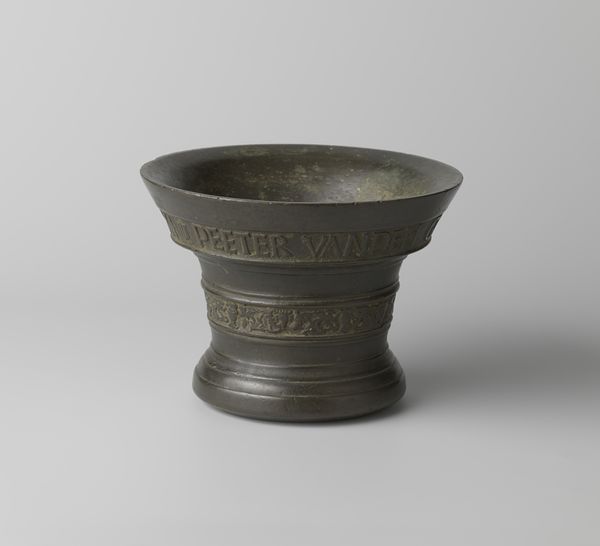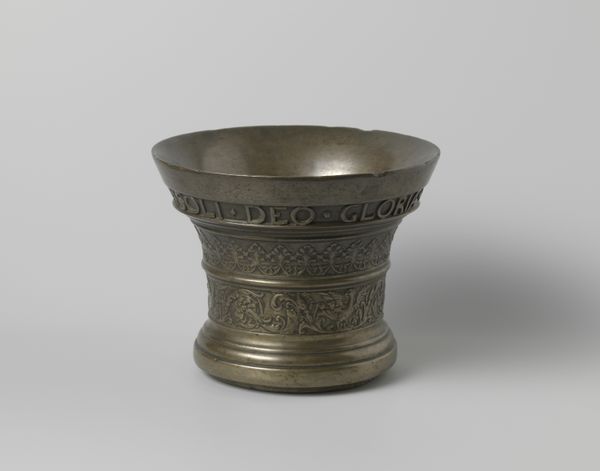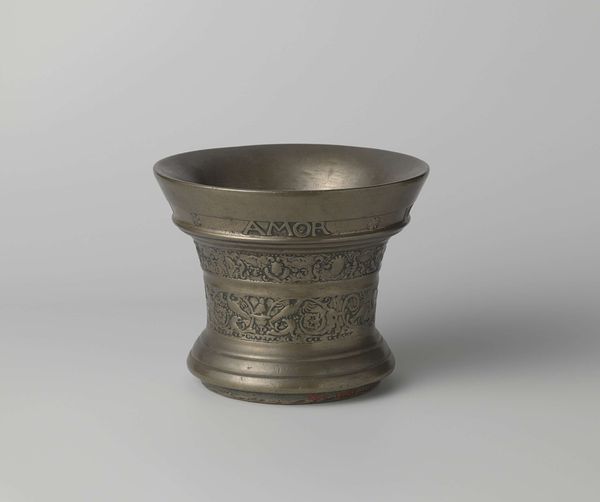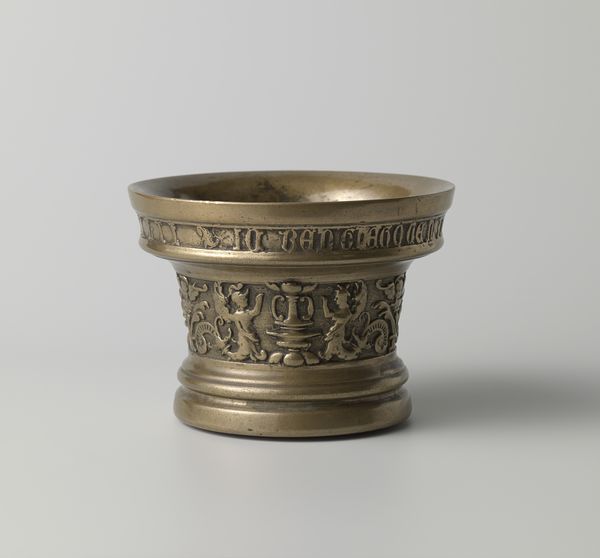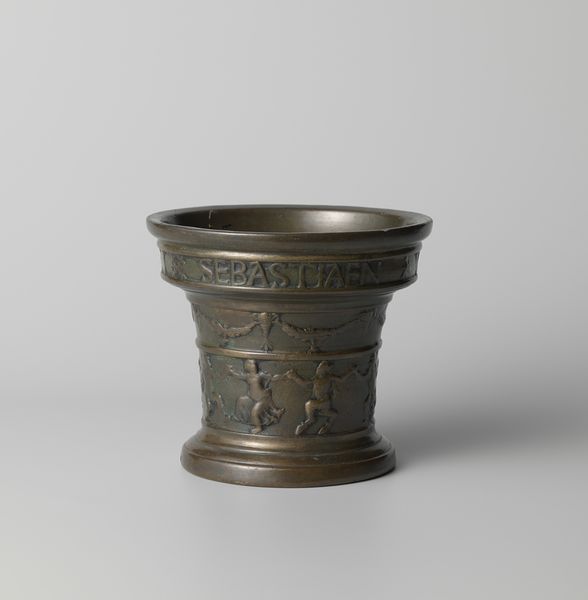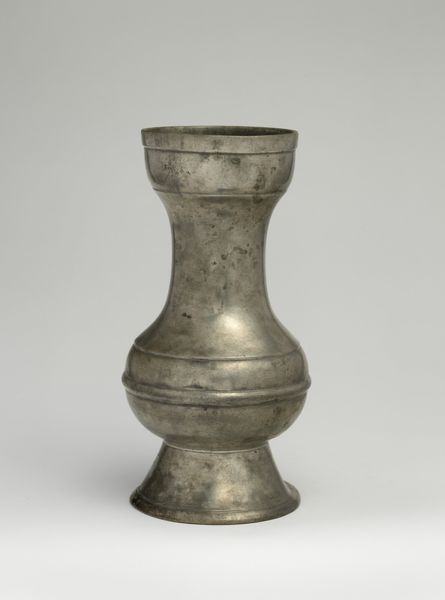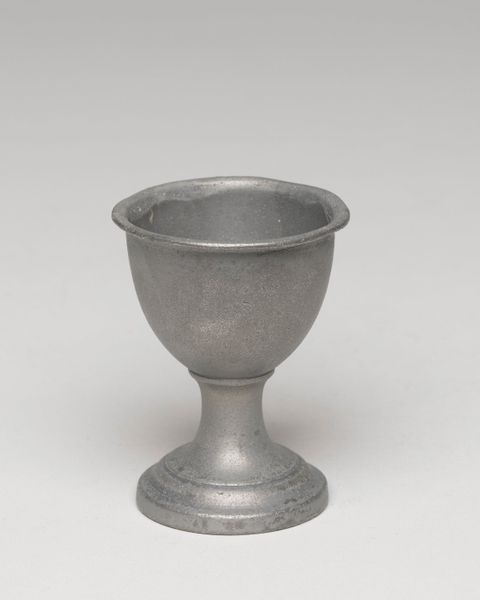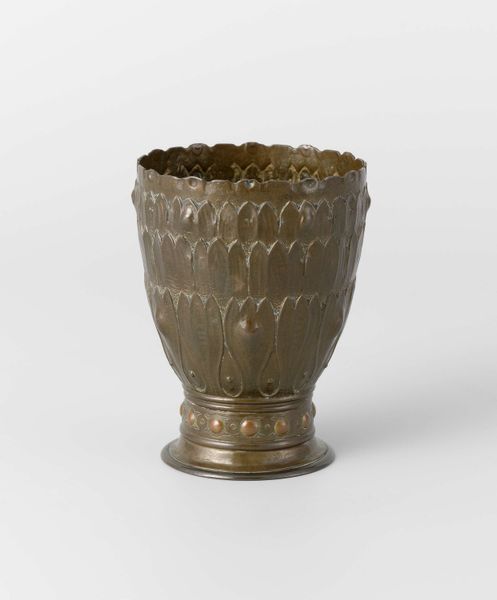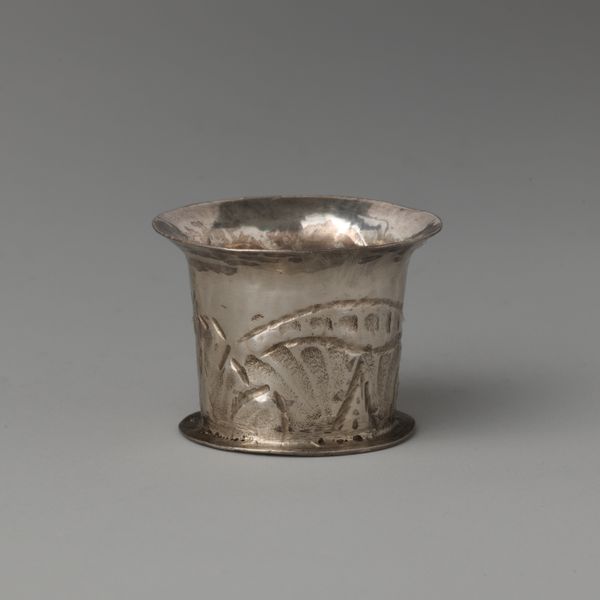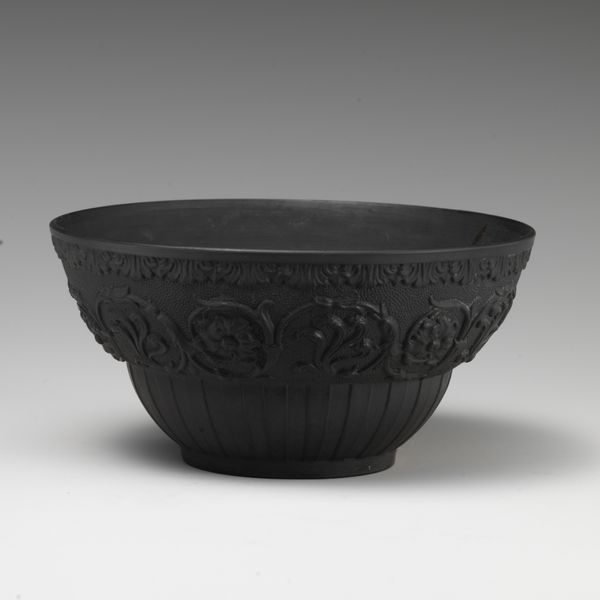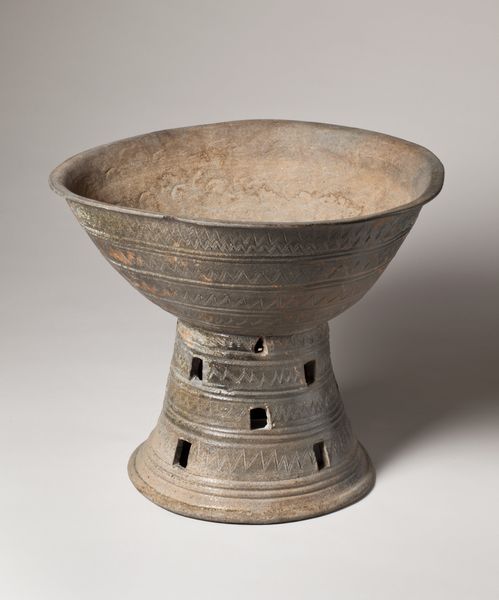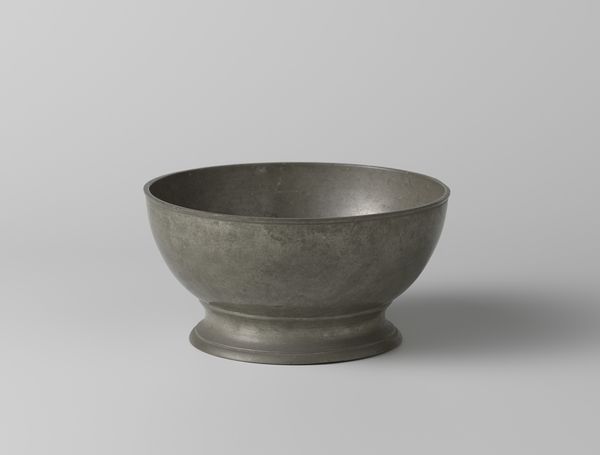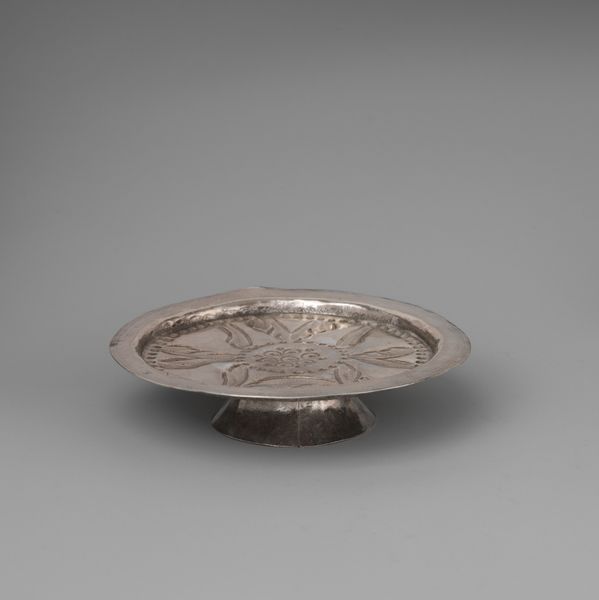
metal, bronze, sculpture
#
metal
#
bronze
#
11_renaissance
#
stoneware
#
sculpture
#
ceramic
Dimensions: height 10.9 cm, diameter 14.4 cm, weight 3.9 kg
Copyright: Rijks Museum: Open Domain
Editor: Here we have a bronze mortar, titled "Vijzel met opschrift IAN VANDEN GHEIN ME FECIT MCCCCCLIII" made in 1553 by Jan van den Ghein II. The intricate inscriptions give it a surprisingly decorative feel, considering it's a utilitarian object. How do you interpret this piece in the context of the Renaissance? Curator: The mortar's inscription proudly states, "Jan van den Ghein made me." Consider the implications: the artist isn't just a craftsman, but an active agent, claiming authorship and imbuing the object with identity. In Renaissance society, such assertion reflects a growing emphasis on the individual and artisan as a named creative force, rather than an anonymous producer. This also points towards questions of labor and how artisans sought recognition within a hierarchical system. Editor: So, it's a claim of artistry beyond just craftsmanship? The mortar, in a way, becomes a statement of the maker's individuality. Curator: Exactly. And think about its function. Mortars were used to grind and mix ingredients, often for medicinal purposes. In a time of limited access to formal medicine, this object held potential for agency over health and well-being. The mortar, thus, might have served as a quietly revolutionary symbol, putting some control in the hands of everyday people, primarily women. Does this alter your perception of its "decorative feel"? Editor: That gives it a new layer of significance. I was focused on the aesthetic appeal, but its functional and social implications are far more compelling. I see it as less of a decorative item and more of a subversive symbol of self-determination. Curator: Precisely! Seeing the piece this way invites us to re-evaluate the lives and labor of Renaissance people, broadening our understanding of artistic expression to include the everyday objects that shaped their realities. Editor: I learned today that what we initially perceive as "simply decorative" can reveal complex cultural narratives about labor, health, and power in the Renaissance. Thanks!
Comments
No comments
Be the first to comment and join the conversation on the ultimate creative platform.
